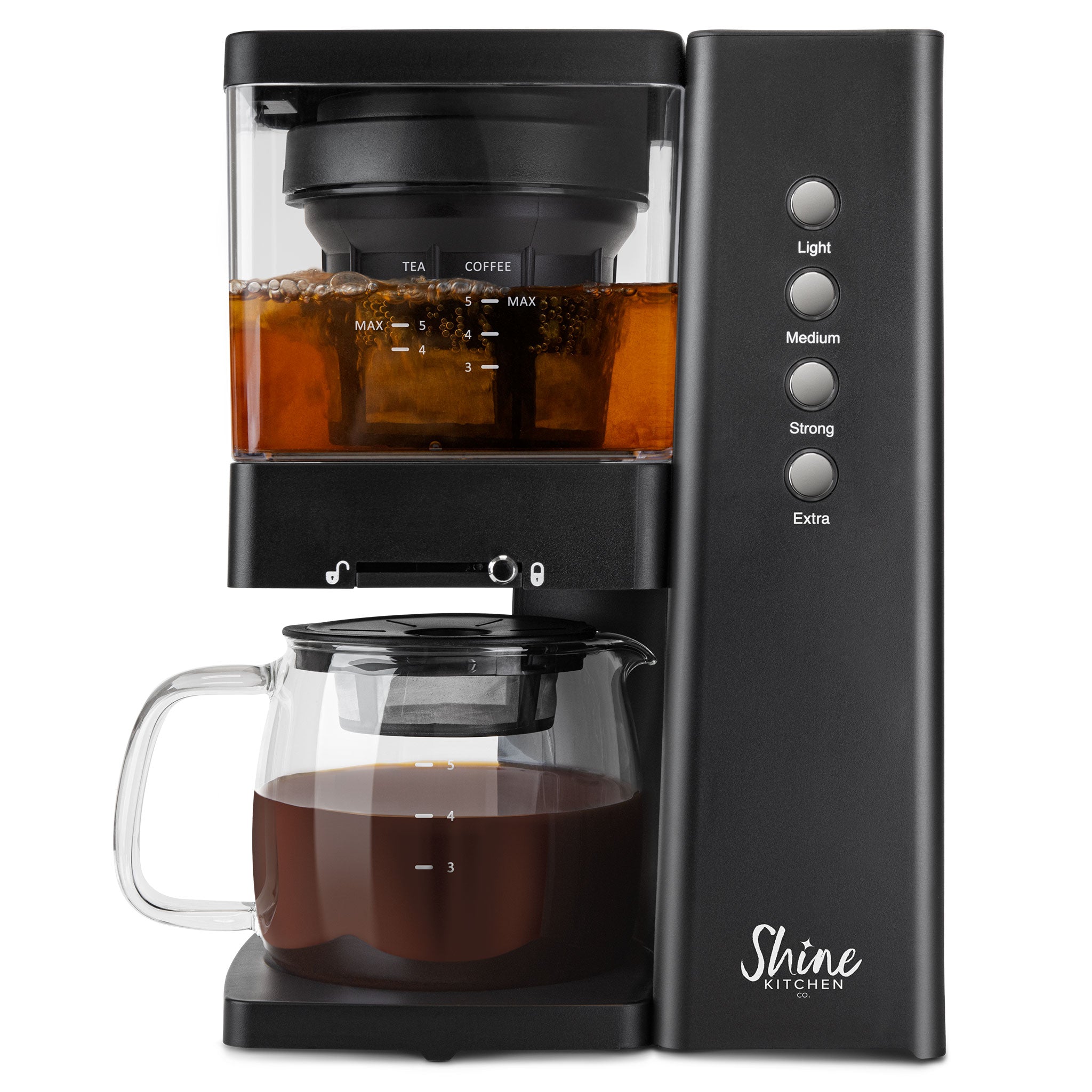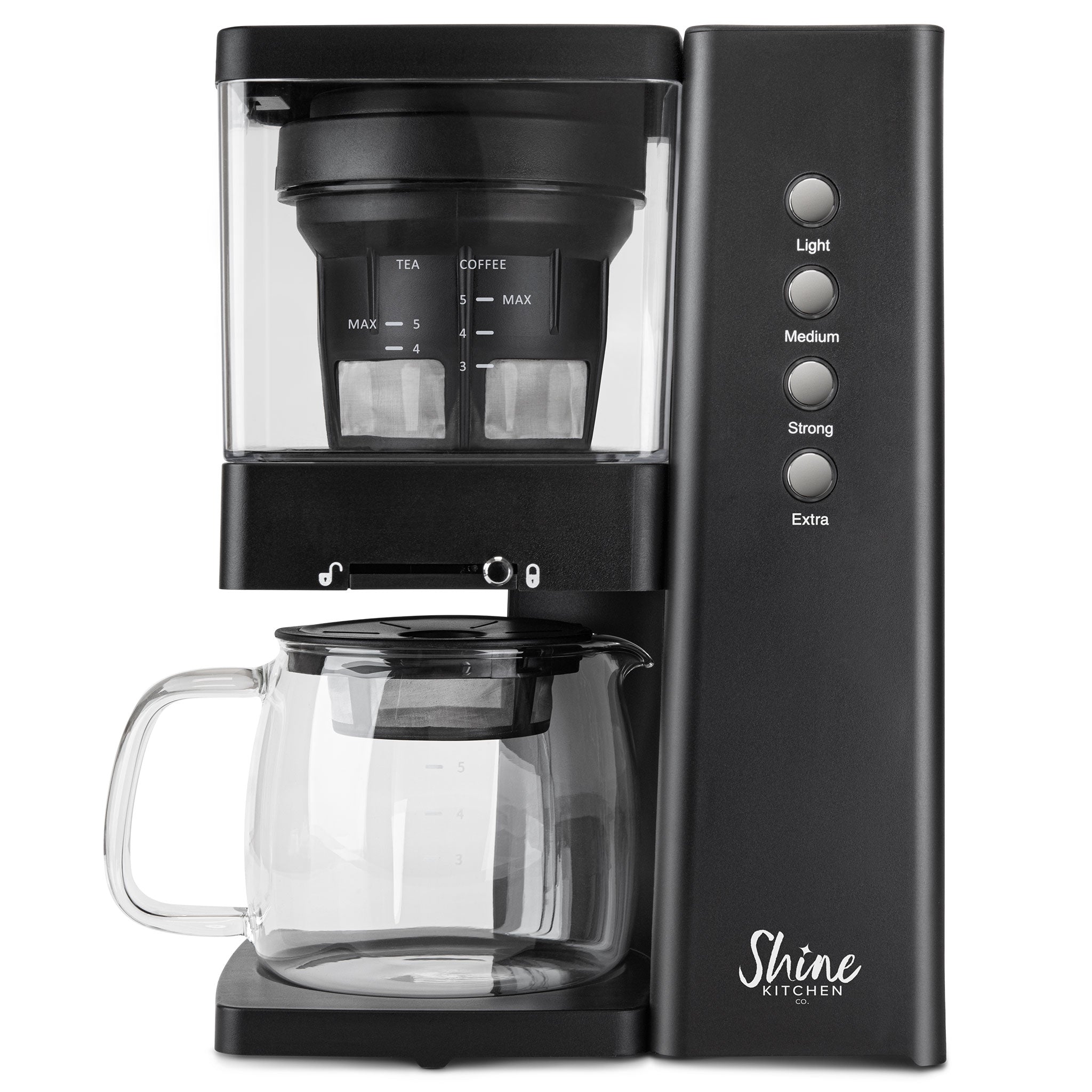Looking for a Foreign Extra Stout recipe? Here’s a simple and authentic recipe to make it at home.
Foreign Extra Stout is a robust and dark beer with complex flavors, often brewed with extra hops and roasted malt. It has a rich and full-bodied taste, making it a favorite among beer enthusiasts. Whether you’re a homebrewer or just looking to try something new, making Foreign Extra Stout at home can be a rewarding and delicious experience.
We’ll guide you through the process of brewing your own Foreign Extra Stout, from selecting the right ingredients to the fermentation and bottling stages. Let’s dive into the world of beer brewing and create your very own Foreign Extra Stout at home.

Credit: tribest.com
Understanding Foreign Extra Stout
Foreign Extra Stout is a rich and bold beer style with a fascinating history and origin. It has its roots in the 18th century when it was first brewed in England and later exported to the Caribbean. The brewing process involves using roasted barley, giving the stout its signature deep color and robust flavor. With hints of coffee, chocolate, and dark fruits, this beer is known for its complex and intense taste. Its high alcohol content and full body make it a favorite among beer enthusiasts. When enjoyed responsibly, Foreign Extra Stout is a unique and satisfying brew that is perfect for those who appreciate a strong and distinctive beer.

Credit: www.latimes.com
Ingredients And Equipment
Selection and quality of malt: When brewing a foreign extra stout, it is important to select high-quality malt that contributes rich flavors and colors. Opt for roasted barley and chocolate malt to achieve a deep and complex flavor profile.
Hop varieties for bitterness and aroma: Choose hops known for their bitterness, such as Magnum or Northern Brewer, to balance the sweetness of the malt. Additionally, consider using aromatic hops like East Kent Goldings or Fuggles to enhance the beer’s aroma.
Choice of yeast: Select a yeast strain that complements the malt and hop profile of a foreign extra stout. Look for a robust and attenuation-tolerant yeast variety to achieve the desired complex and deep flavors.
Special equipment needed: In addition to standard brewing equipment, a large fermenter and adequate storage space are essential for brewing a foreign extra stout. Ensure that you have a reliable thermometer and efficient cooling system for the fermentation process. Moreover, a fermentation vessel with a built-in temperature control system is highly recommended.
Step-by-step Brewing Process
Mashing and lautering:
The first step in brewing a Foreign Extra Stout involves mashing and lautering. Mashing is the process of mixing malted grains with warm water to activate enzymes that convert starches into fermentable sugars. This mixture, known as the mash, is then transferred to a lauter tun where it is separated into liquid extract (wort) and spent grain.
Boiling the wort:
Once the wort is obtained, it is then boiled in a large kettle. Boiling the wort serves multiple purposes, including sterilizing the liquid, extracting hop flavors and aromas, and concentrating the sugars. The addition of hops during this stage imparts bitterness, balancing the sweet malt flavors.
Fermentation and maturation:
After boiling, the wort is rapidly cooled and transferred to a fermenter. Fermentation occurs when yeast is added to the cooled wort, which converts the sugars into alcohol and carbon dioxide. During this process, temperatures are carefully controlled to ensure optimal yeast activity and flavor development. The beer is then allowed to mature and develop complex flavors during a period of extended fermentation.
Carbonation and bottling:
Carbonation and bottling is the final step in the brewing process. The fermented beer is carbonated by adding a small amount of fermentable sugar, which creates natural carbonation during the bottle conditioning stage. After carbonation, the beer is bottled and sealed, ready for aging and enjoyment.
Tips And Tricks For Success
For a successful Foreign Extra Stout, controlling fermentation temperature is crucial. Maintaining the right temperature throughout the process helps achieve balanced flavors and avoid off-flavors. Use a temperature-controlled fermentation chamber or consider using a yeast strain that can tolerate higher temperatures if you can’t control it precisely.
Water chemistry plays a significant role in the overall quality of the beer. Adjusting the mineral content and pH levels can enhance specific flavors and enhance the appearance and mouthfeel of your Foreign Extra Stout. Consider using brewing salts and acid additions to achieve the desired profile.
Once fermentation is complete, aging and conditioning your stout can greatly improve its taste. Store the beer at a consistent temperature for several weeks to allow flavors to mellow and blend together. Bottle conditioning can also contribute to smoothness and carbonation. Properly stored and aged Foreign Extra Stout will reward you with a rich and complex brew.
Serving And Enjoying Foreign Extra Stout
Savor the rich flavors of Foreign Extra Stout with our delicious recipe. Indulge in this stout’s robust taste and experience a delightful combination of roasted malt and hints of chocolate. Cheers to a truly satisfying brew!
Serving and Enjoying Foreign Extra StoutGlassware and serving temperature: The right glass can enhance the drinking experience of a Foreign Extra Stout. Consider using a tulip glass or a snifter to concentrate the aromas and flavors. Make sure to serve the beer at the appropriate temperature to fully appreciate its complex character – anywhere between 45 to 50 degrees Fahrenheit (7 to 10 degrees Celsius) works well. Drinking it too cold may hinder the flavors, while serving it too warm might lead to a less enjoyable experience. Food pairings to complement the flavors: The bold and rich flavors of a Foreign Extra Stout can be excellently complemented by certain foods. The robust bitterness and roasted malt characteristics make it a great partner for strong, flavorful cheeses like blue cheese or aged cheddar. Its smooth, chocolatey notes can also pair well with rich desserts such as dark chocolate cake or tiramisu. Additionally, earthy dishes like beef stew or roasted mushrooms can enhance the beer’s complexity. Experiment with different combinations to find your perfect match. Remember to savor each sip of this delightful beer while appreciating the flavors and enjoying the pairing experience.
Credit: tribest.com
Frequently Asked Questions For Foreign Extra Stout Recipe
What Are The Ingredients In Guinness Foreign Extra Stout?
Guinness Foreign Extra Stout contains water, malted barley, roasted barley, hops, and yeast. These ingredients give the stout its distinctive rich and complex flavor.
What Is The Difference Between Foreign Extra Stout And Extra Stout?
Foreign Extra Stout has higher alcohol content and more roasted malt flavors compared to Extra Stout.
What Is The Best Yeast For Foreign Extra Stout?
The best yeast for foreign extra stout is an ale yeast, such as American ale yeast or English ale yeast. A more specific choice would depend on the desired flavors and characteristics.
What Type Of Grain Is The Foreign Extra Stout Brewed With In Africa?
The foreign extra stout brewed in Africa is made with sorghum grain.
Conclusion
Crafting your own Foreign Extra Stout can be a truly rewarding experience. With this recipe, you’ll be able to capture the rich and robust flavors that make this beer so unique. From the dark malts to the hints of chocolate and coffee, each sip will transport you to new taste dimensions.
Whether you’re an experienced brewer or just starting out, this recipe is sure to impress. Start your brewing journey today and create a one-of-a-kind Foreign Extra Stout that will leave your taste buds craving more. Cheers!

